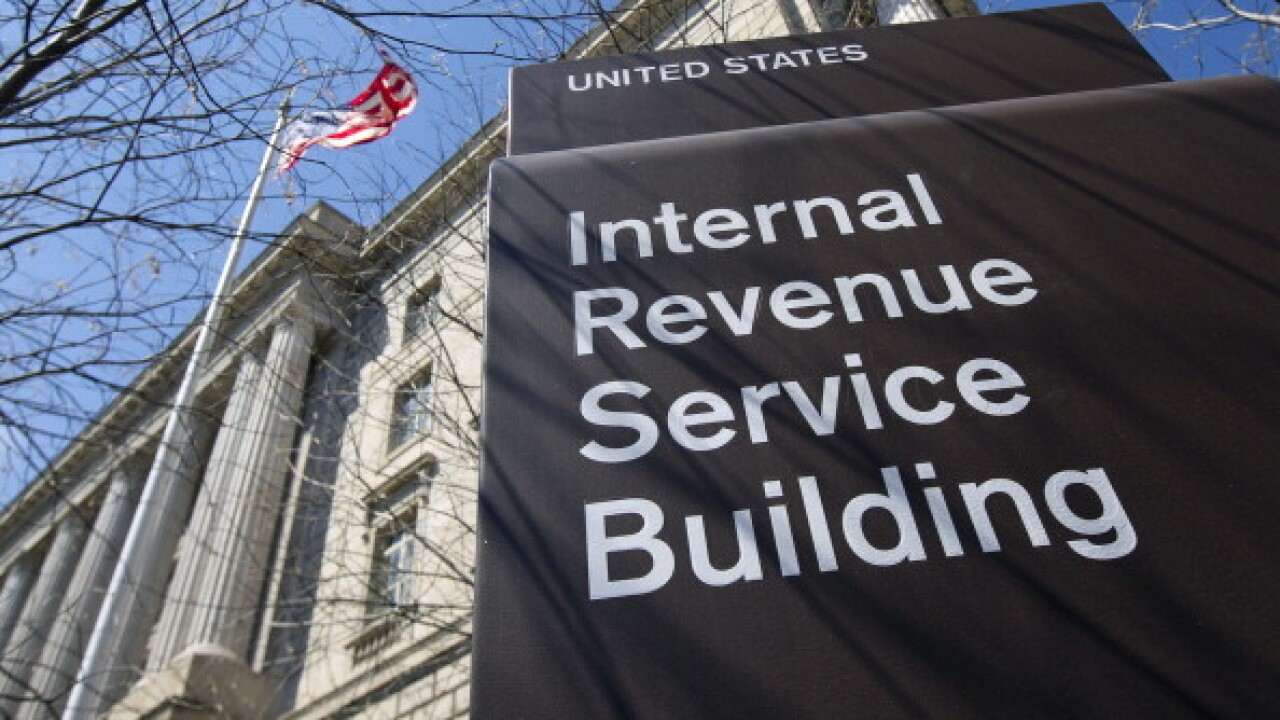A newly issued revenue procedure, Rev. Proc. 2005-28, makes it easier for some taxpayers to adopt a simpler method of allocating and apportioning interest expenses in determining their net U.S. and foreign-source income for foreign tax credit purposes.
Taxpayers generally may elect to measure assets for purposes of apportioning interest expense between U.S. and foreign sources under the tax book value method or the fair market value method. Temporary and proposed regulations issued in March 2004 provide taxpayers with an elective alternative approach, the alternative tax book value method, which permits a taxpayer to determine the basis of its U.S. and foreign assets for interest allocation purposes without incurring the disparities that may arise under the regular tax book value method.
A taxpayer who has been using the fair market value method must obtain Internal Revenue Service consent to change to a different method. Rev. Proc. 2005-28 provides temporary rules granting taxpayers automatic consent to change from the fair market value method to the alternative tax book value method.
The revenue procedure authorizes taxpayers to switch from the fair market value method to the alternative tax book value method during the first two years in which the alternative tax book value election can be made.





